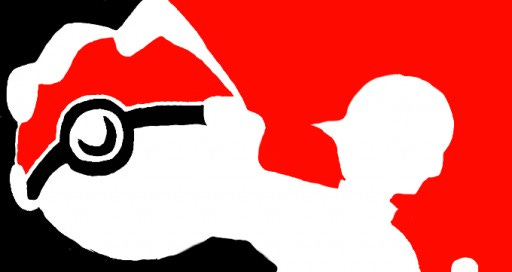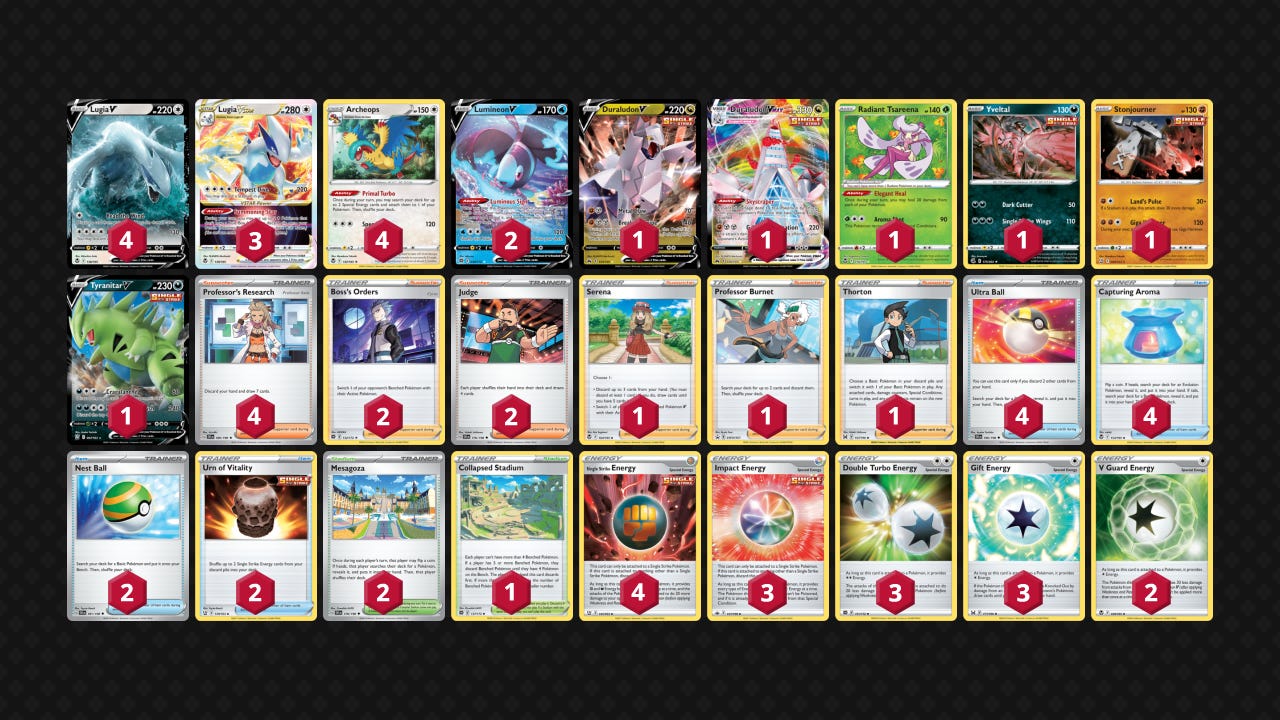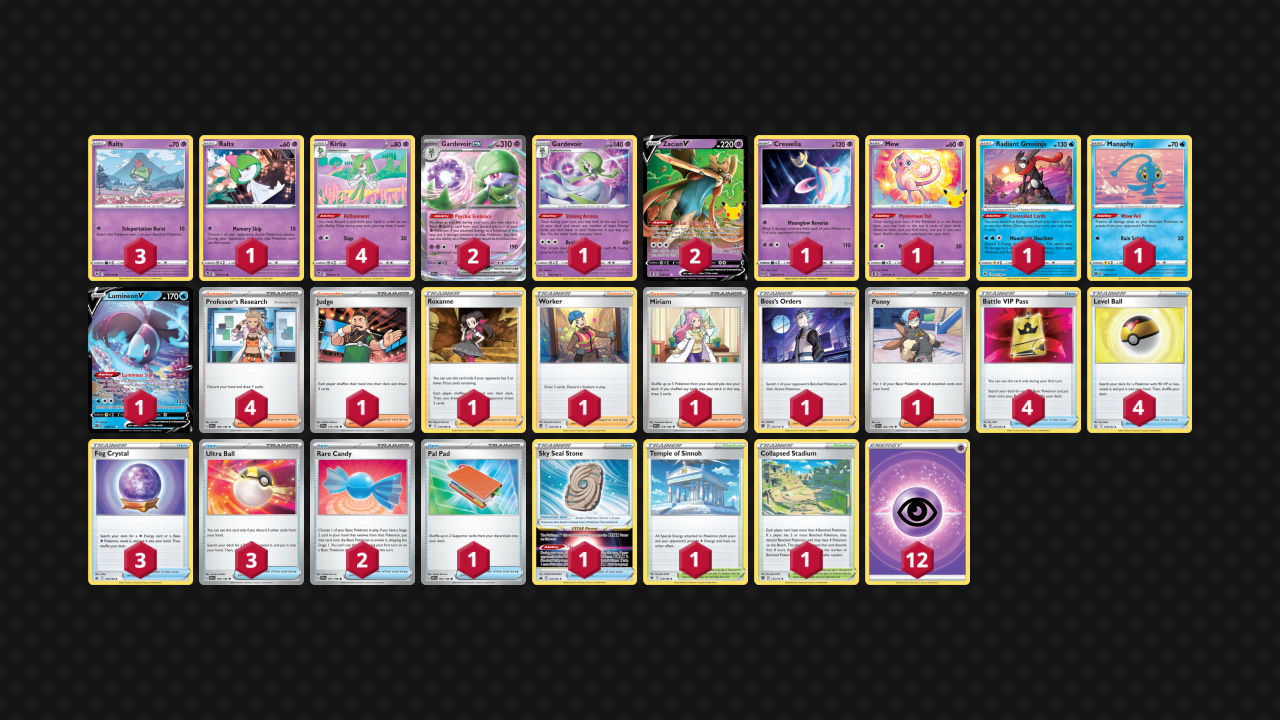League Cups are Back! The Best Decks for Each Local Tournament Structure
Reviewed and edited by Wyatt Palguta.
Hello trainers, BooflingTCG here to outline some of the most powerful decks for both best-of-one and best-of-three local events! Whether you prefer one or the other, it is imperative that you use the structure of the tournament to play the deck best suited for it. So, what are the best decks for locals of each type? I would like to answer this question below with an explanation for two decks (with lists!) that I believe thrive in each.
Best-of-Three: Lugia VSTAR
Lugia VSTAR terrorized our last format since it was printed in Silver Tempest, and when we believed that the deck would fade away with rotation, losing important cards such as Quick Ball, Evolution Incense, and Aurora Energy, it returned with an entirely new package focused around the Single Strike mechanic and it dominated the first tournament of the new format with a 27.22% meta share among the top 158 players at EUIC. This begs the question, what makes Lugia VSTAR a deck that is positioned to thrive in best-of-three events? This would be due to its simplicity. There are 50-or-so cards that must make their way into the list and that have been proven to maximize the deck’s efficiency. There are rarely surprises since the deck has the utility to beat almost anything. Worthy inclusions such as the versatile Tyranitar V as your main attacker, Stonejourner and Yveltal for a one-prize threat, and Duraludon or Urshifu VMAX act as a hard-hitting wall really seal the deal for this archetype. Rest assured, you will be able to face any meta deck during a three-game set and stand a chance at reigning victorious. Attached below is a Lugia list that Kolton Day piloted to a 136th place finish at EUIC that I have been playing and enjoying myself.
Best-of-Three: Gardevoir ex
Gardevoir ex came into the format underwhelmingly, taking hardly any top placements in online events. This is until Tord Reklev maximized the archetype’s potential with his own, ultra-consistent take on the deck and took it to a second-place finish at EUIC. Proving that even with a poor matchup into Lost Zone box variants, this deck is still a titan in our current metagame. Much like with the aforementioned Lugia VSTAR, this deck itself is powerful with its own toolbox of attackers like Cresselia, Zacian and Sky Seal Stone, and Gardevoir from Chilling Reign. With this wide-array of attackers there is something to use against any archetype. It also cannot go without mentioning that both of these decks I previously mentioned are simple enough to play optimally in a large amount of games. This makes it a great pick for a longer tournament for experienced and novice competitors alike. Attached below is Tord Reklev’s own sixty, which is near-perfect for the current meta.
Best-of-One: Mew VMAX
Do you want a deck that will leave a terrified look on your opponent’s face as they deaddraw for the entire game? Well, look no further than the highly-coveted DTE Mew. In all seriousness, there is no better way to win a best-of-one match than disrupting your opponent, which with a deadly combo like Path to the Peak and Judge, is easy to pull off. Many players, including myself, wouldn’t argue that this deck is among the best in this current metagame, but there is no other deck quite like it with the ability to brick opponents’ hands. Given this, it is also a deck players have a hard time playing against: Do I thin this resource? Will I be Judge’d this next turn? Does my opponent have access to enough Power Tablets to knockout my attacker next turn? Questions like this harbor misplays from players, losing them the one game you will play without them having the opportunity to learn from it in time for the rest of a set like usual. Pablo Meza’s list is a force to be reckoned with in these types of events.
Best-of-One: Lost Zone Box
Lost Zone Box is more of a blanket term than anything else. In the beginning stages of the archetype it was very specifically built around Cramorant and Sableye, with some Articuno to boost damage, it then evolved to a deck built to end games with the powerful Radiant Charizard. As of late, Lost Box has now become a mashup of any basic attacker that can be thrown in, 11-14 energy of 3-4 different types, and plenty of switch cards to ensure 7-10 cards in the lost zone by turns two or three. This deck thrives in a best-of-one by its sheer explosiveness and ability to tech in a wide array of attackers like Raikou V, Dragonite V, Drapion V, Kyogre, and even Tropius. The strength of these techs is only enhanced when an opponent cannot plan for it until it’s too late in a best-of-one set. One last thing to mention, however, is that the deck is very difficult and strenuous on resource management, but it is still an archetype that the average player could pick up for a tournament with a low number of games and still maximize its potential. This is a list I have been playing for the past month now that I would consider to be among the best as far as Lost Box is concerned.
That does it for me for now! Whether you’re looking to attend and compete in the 2023 World Championships held in Yokohama, Japan, or just looking to defeat local rivals, this should serve as an excellent resource. Any questions or comments? Feel free to mention or direct message me on Twitter or use the comments section below. Happy testing!







